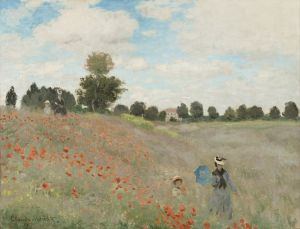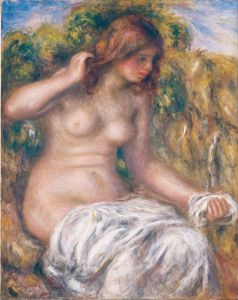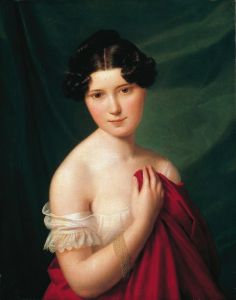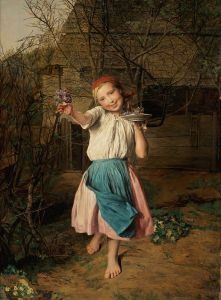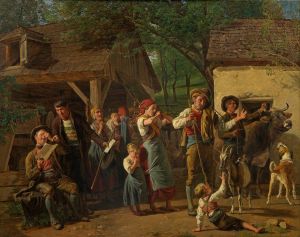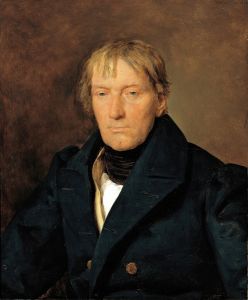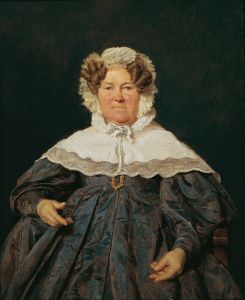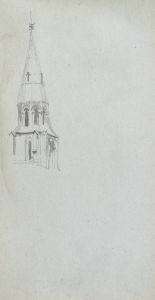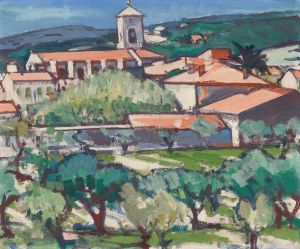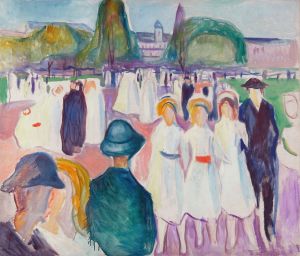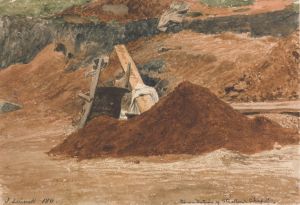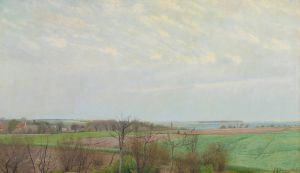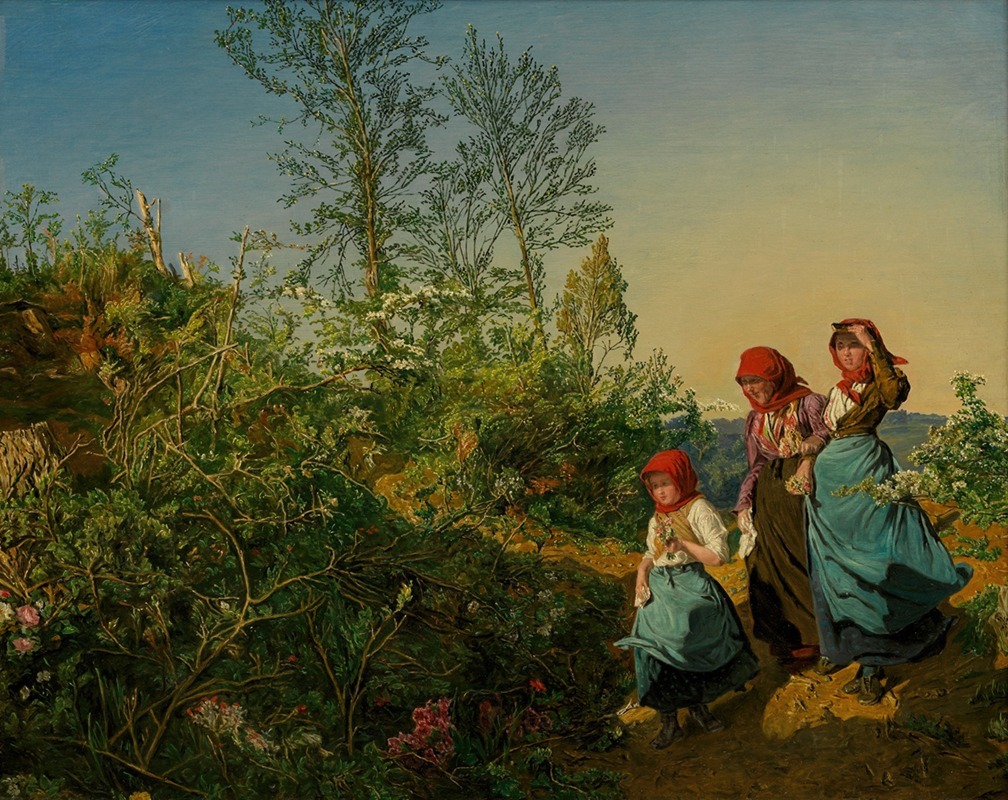
Kirchgang im Frühling
A hand-painted replica of Ferdinand Georg Waldmüller’s masterpiece Kirchgang im Frühling, meticulously crafted by professional artists to capture the true essence of the original. Each piece is created with museum-quality canvas and rare mineral pigments, carefully painted by experienced artists with delicate brushstrokes and rich, layered colors to perfectly recreate the texture of the original artwork. Unlike machine-printed reproductions, this hand-painted version brings the painting to life, infused with the artist’s emotions and skill in every stroke. Whether for personal collection or home decoration, it instantly elevates the artistic atmosphere of any space.
Ferdinand Georg Waldmüller was an Austrian painter, renowned for his contribution to the Biedermeier period, a time characterized by a focus on the middle class and a preference for realism and detail in art. One of his notable works is "Kirchgang im Frühling" (Church Walk in Spring), which exemplifies his skill in capturing the essence of everyday life and the beauty of nature.
"Kirchgang im Frühling" is a painting that depicts a rural scene, typical of Waldmüller's focus on genre painting. The artwork portrays a group of villagers on their way to church during springtime, a theme that reflects both religious and cultural aspects of 19th-century Austrian life. The painting is celebrated for its vivid depiction of the landscape and the people, showcasing Waldmüller's mastery in rendering light and color.
Waldmüller was known for his attention to detail and his ability to bring scenes to life with a sense of immediacy and vibrancy. In "Kirchgang im Frühling," he uses a bright color palette to convey the freshness and renewal associated with spring. The lush greenery, blooming flowers, and clear skies are rendered with precision, creating a harmonious and inviting scene. This attention to natural detail is a hallmark of Waldmüller's work and reflects the influence of the Biedermeier style, which emphasized realism and the depiction of everyday life.
The figures in the painting are depicted with a sense of individuality and character, each engaged in their own thoughts and interactions as they make their way to the church. Waldmüller’s ability to capture human expressions and gestures adds depth to the painting, inviting viewers to imagine the lives and stories of the villagers. This focus on the human element, combined with the detailed landscape, creates a narrative quality that is both engaging and reflective of the social customs of the time.
Waldmüller's work, including "Kirchgang im Frühling," is often noted for its portrayal of the Austrian countryside and its people, offering a glimpse into the cultural and social milieu of the 19th century. His paintings serve as historical documents that provide insight into the values and aesthetics of the Biedermeier period. Waldmüller's emphasis on realism and his skillful use of light and color have earned him a prominent place in the history of art, and his works continue to be studied and appreciated for their artistic and cultural significance.
"Kirchgang im Frühling" is housed in a collection that allows art enthusiasts and scholars to appreciate Waldmüller's contribution to the art world. His ability to blend natural beauty with human interest makes this painting a quintessential example of his style and the Biedermeier period. Through his art, Waldmüller has left a lasting legacy that continues to inspire and captivate audiences around the world.





